|
DAG Recommends Modernists In Focus: Art Festivals, Early 2023Shreeja Sen February 01, 2023 With the cultural calendar being packed till spring, join us as we travel through some of the most popular ongoing or upcoming art fairs and biennales. Take a close look at artists who bring modernist ideas to the contemporary art context. With some ubiquitous names from the twentieth century art world accompanied by a few of those that have been historically overlooked, discover how ideas around the Modern have evolved through these fairs and biennales, as we focus on notable artists from each art festival and delve into their practice. |
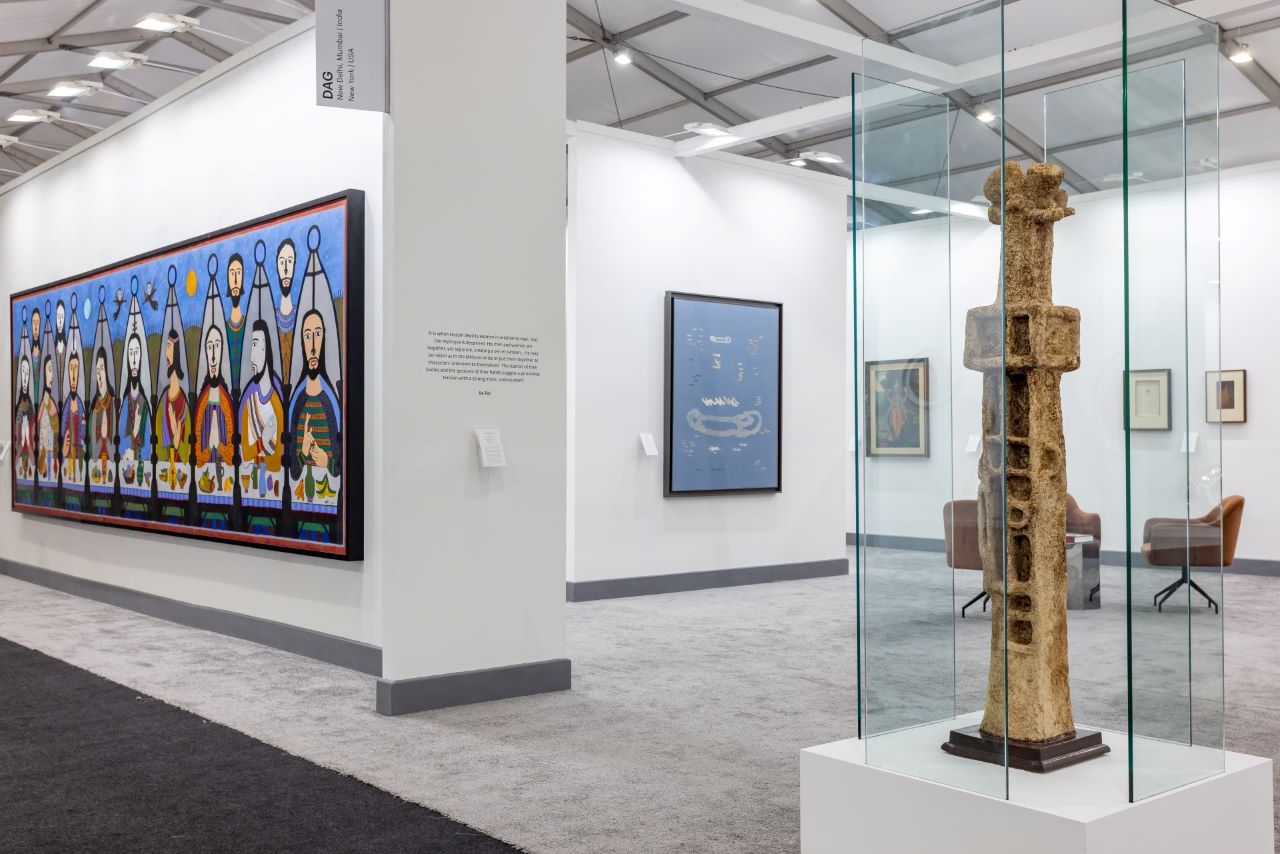
DAG at India Art Fair, 2022 featuring a sculpture by Dhanraj Bhagat and a painting by Madhvi Parekh.
|
'It is the sovereign judgment of art history, with its unremitting dimension of universality and totality, that leads us to question whether it is possible to develop a singular conception of artistic modernity, and whether it is permissible to still retain the idea that the unique, wise, and discriminating judgment of curatorial taste, or what some would ambiguously called criticality, ought to remain the reality of how we evaluate contemporary art today.'
|
|
|
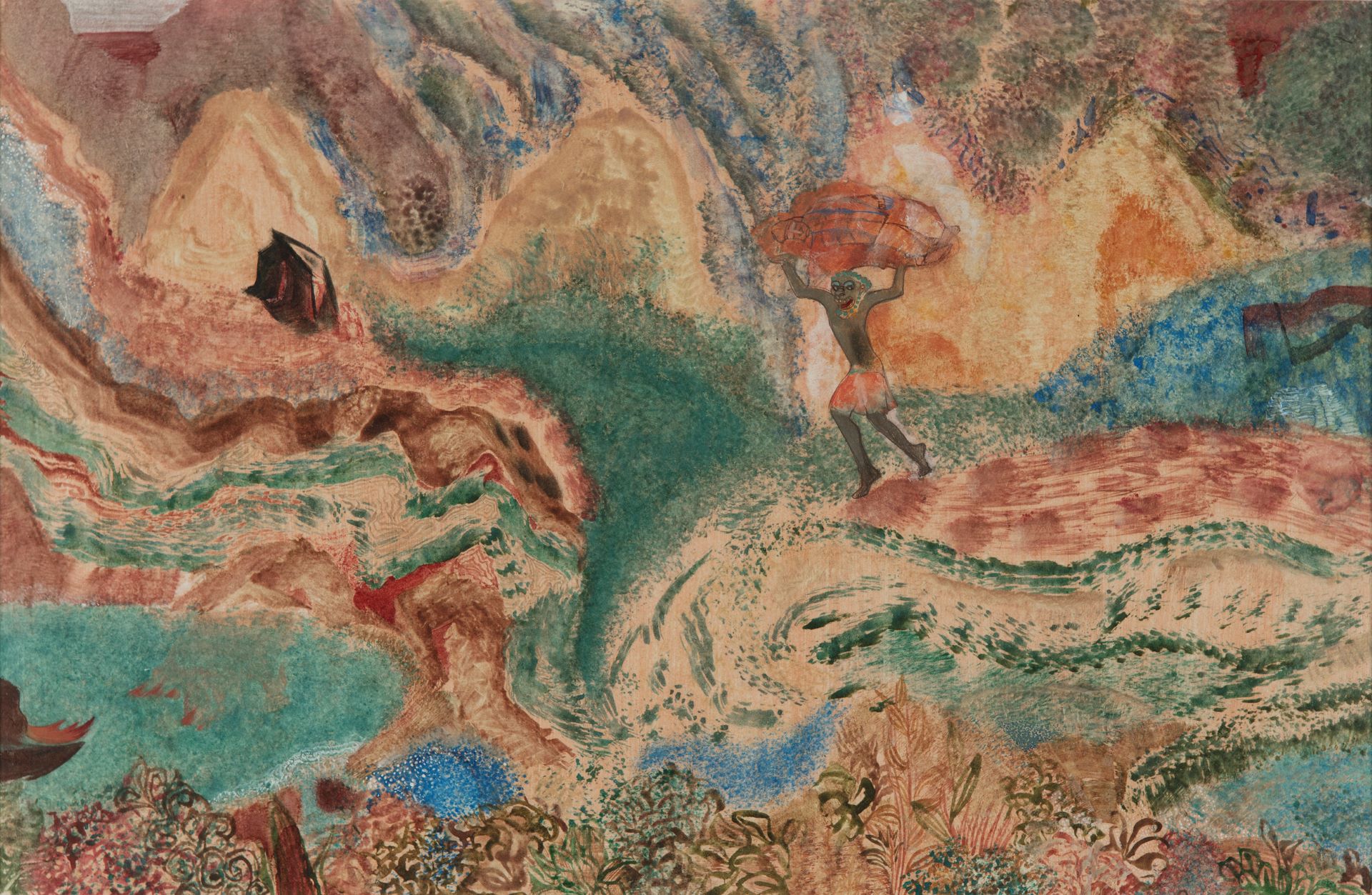
Nilima Sheikh, India (b. 1945)
Mountain Tales II - 2003
Watercolour and monoprint on paper
11.7 x 17.7 in. (29.7 x 45.0 cm).
Private collection
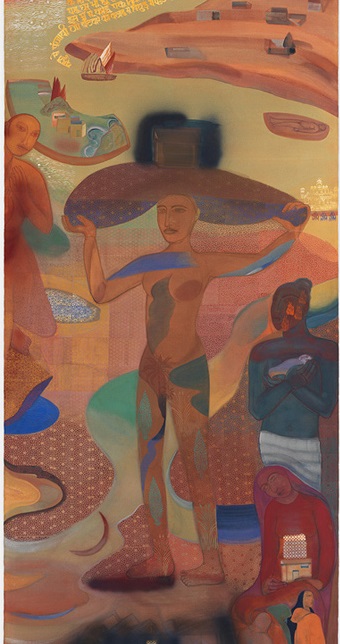
Nilima Sheikh
River: Carrying Across, Leaving Behind (Detail) - 2001
Casein on canvas
480.0 X 72.0 in./ 1219.2 X 182.9 cm.
Private Collection
Sharjah BiennialSharjah UAE, February 2023 – June 2023 Sharjah Biennial 15, Thinking Historically in the Present, uses curator, critic, educator and writer, Okwui Enwezor’s visionary work to critically examine the past in the current moment. Amongst other conversations sustained through Enwezor’s conceptual framework, the engagement with the multiple postcolonial manifestations of modernism is presented through the works of participating artists. |
|
‘There are, it seems, two senses to the term ‘abstract’: a strong sense that excludes all figuration, and a weaker more broadly applicable sense whereby figurative elements persist, but in ways that depart from traditional illusionism and emphasise the physical and ‘expressive’ properties of the painted surface or the sculpted object.’
|
|
|
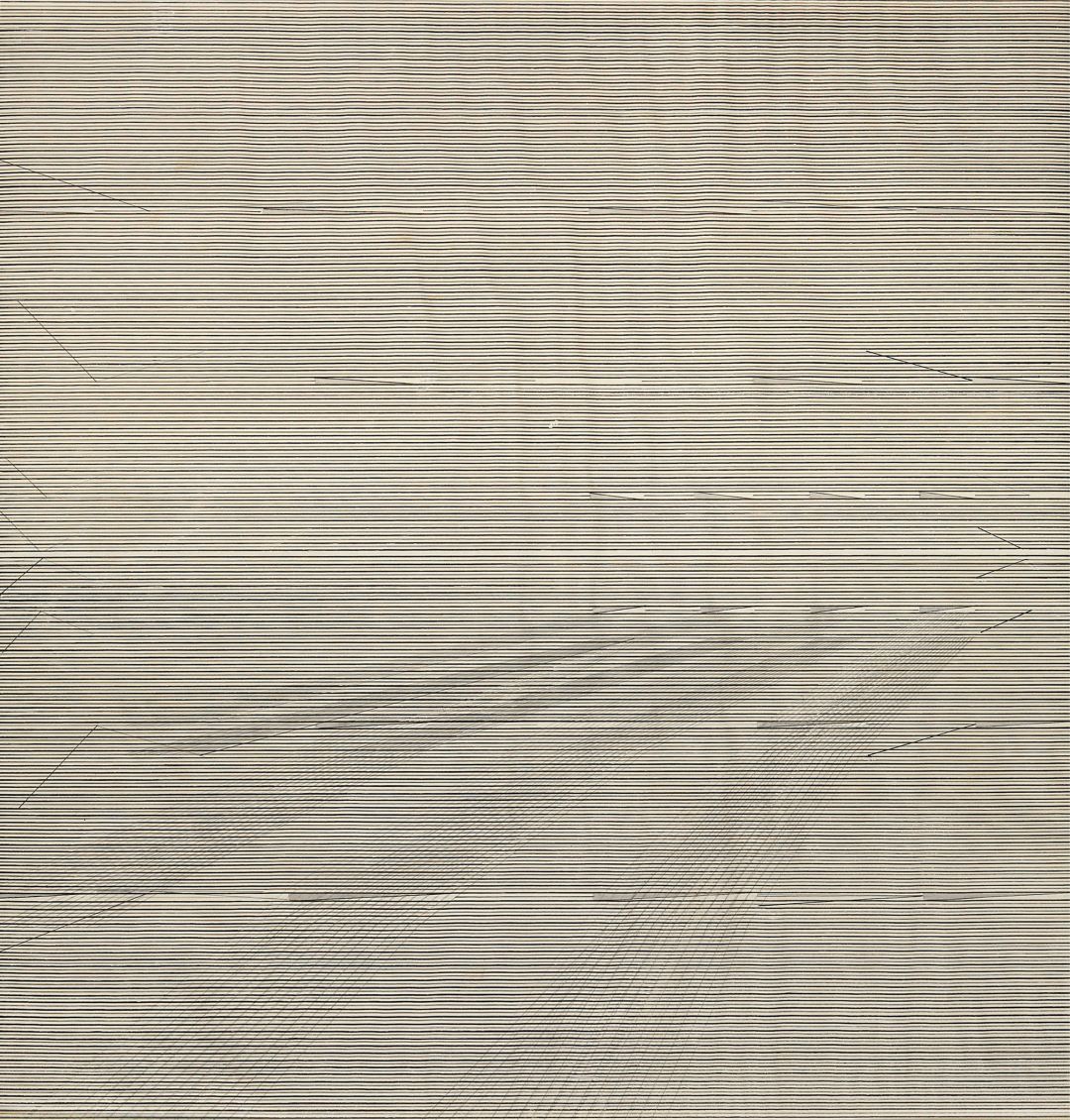
Nasreen Mohamedi, India (1937-1990)
Untitled - 1970s
Pen and ink on paper
19.7 x 19.7 in. (50.0 x 50.0 cm).
Private collection
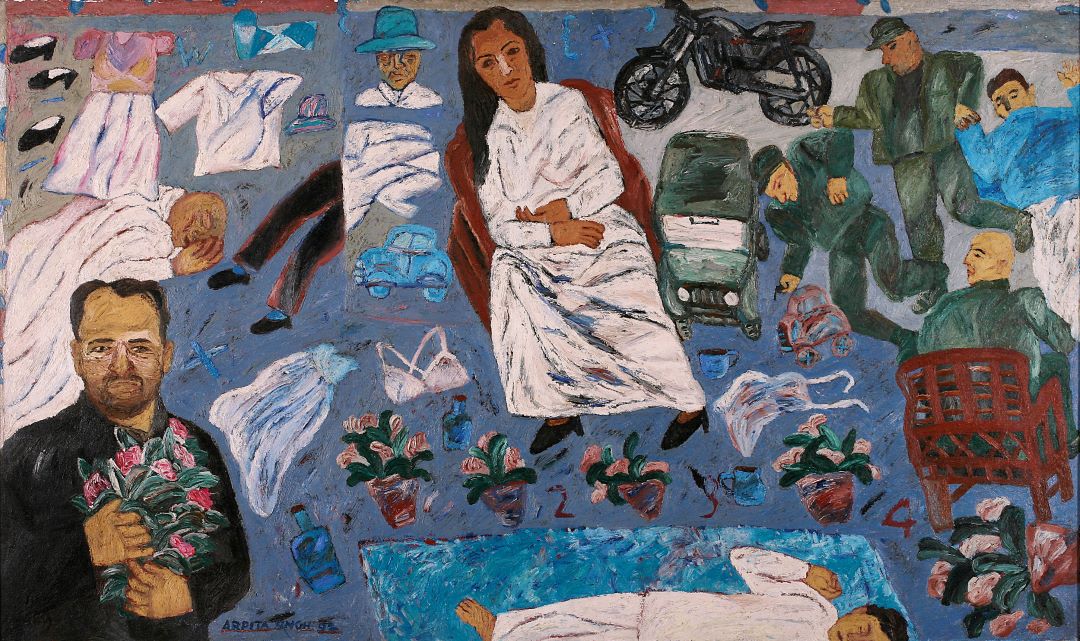
Arpita Singh, India (b. 1937)
What are you doing here - 1992
Oil on canvas
36.0 x 60.0 in. (91.4 x 152.4 cm).
Private collection
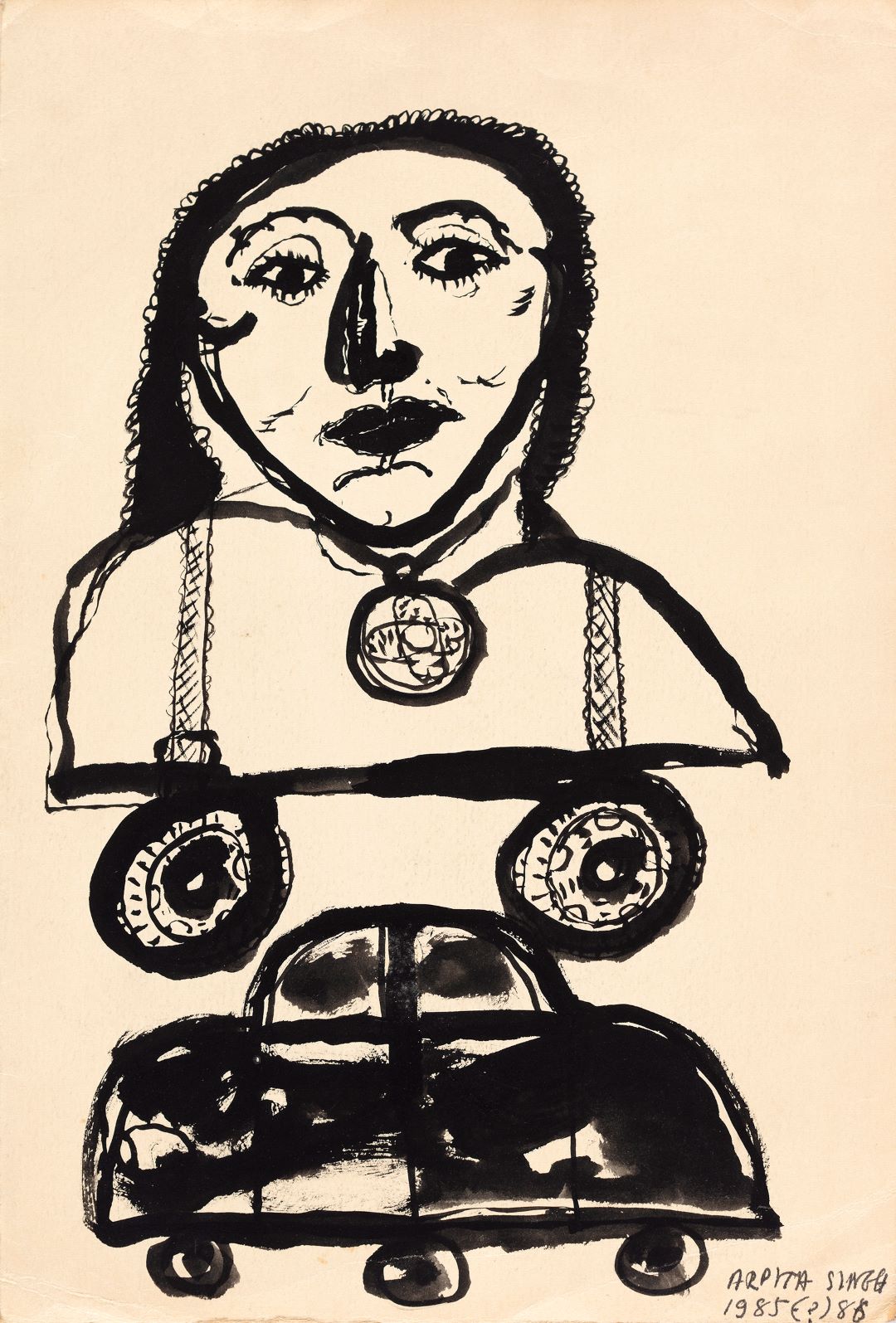
Arpita Singh , India (b. 1937)
Untitled
Ink on paper
11.0 x 7.5 in. (27.9 x 19.1 cm).
Collection: DAG
Kochi-Muziris BiennaleKochi, India, December 2022 - April 2023 Situated in the colonial cosmopolis of Kochi and the mythical ancient city of Muziris, the Kochi-Muziris biennale is informed by its unique geographical, cultural, and political location. Curated by artists since its inception, the current edition, ‘In our veins flow ink and fire’, features two essential figures of Indian modernism.
|
|
‘Instead of vanguardism there is in India the double discourse of the national and the modern. It is a generative discourse and can yield multiple equations. Nationalism calls up the category of tradition, modernism catapults into internationalism.’
|
|
|
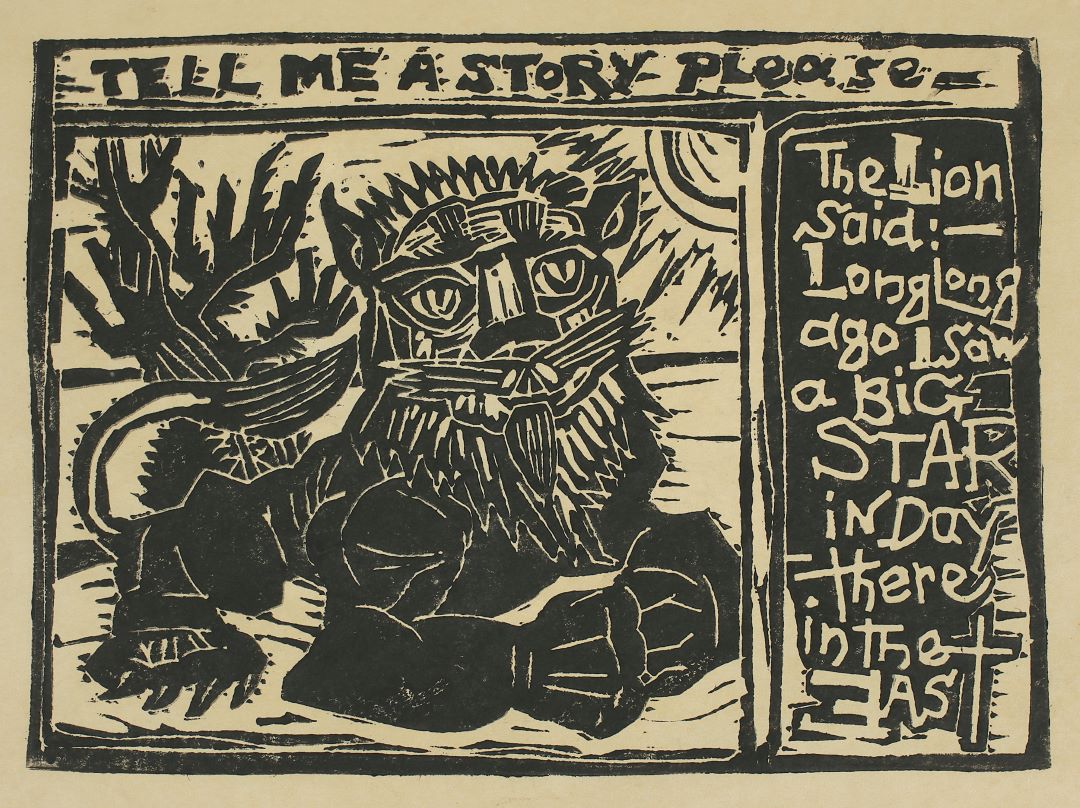
Chittaprosad, India (1915-1978)
Untitled (Tell Me a Story Please)
Linocut on paper
6.7 x 9.0 in. (17.0 x 22.9 cm).
Collection: DAG
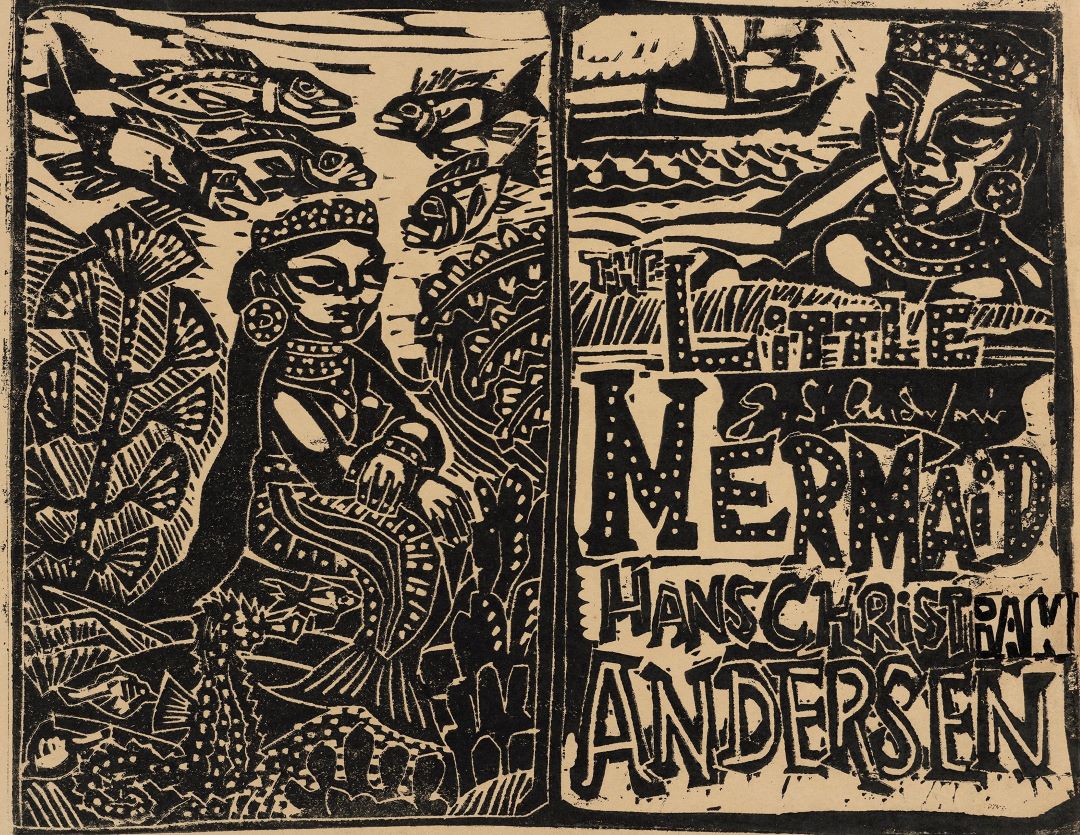
Chittaprosad, India (1915-1978)
The Little Mermaid
Linocut on paper
8.5 x 11.0 in. (21.6 x 27.9 cm).
Collection: DAG
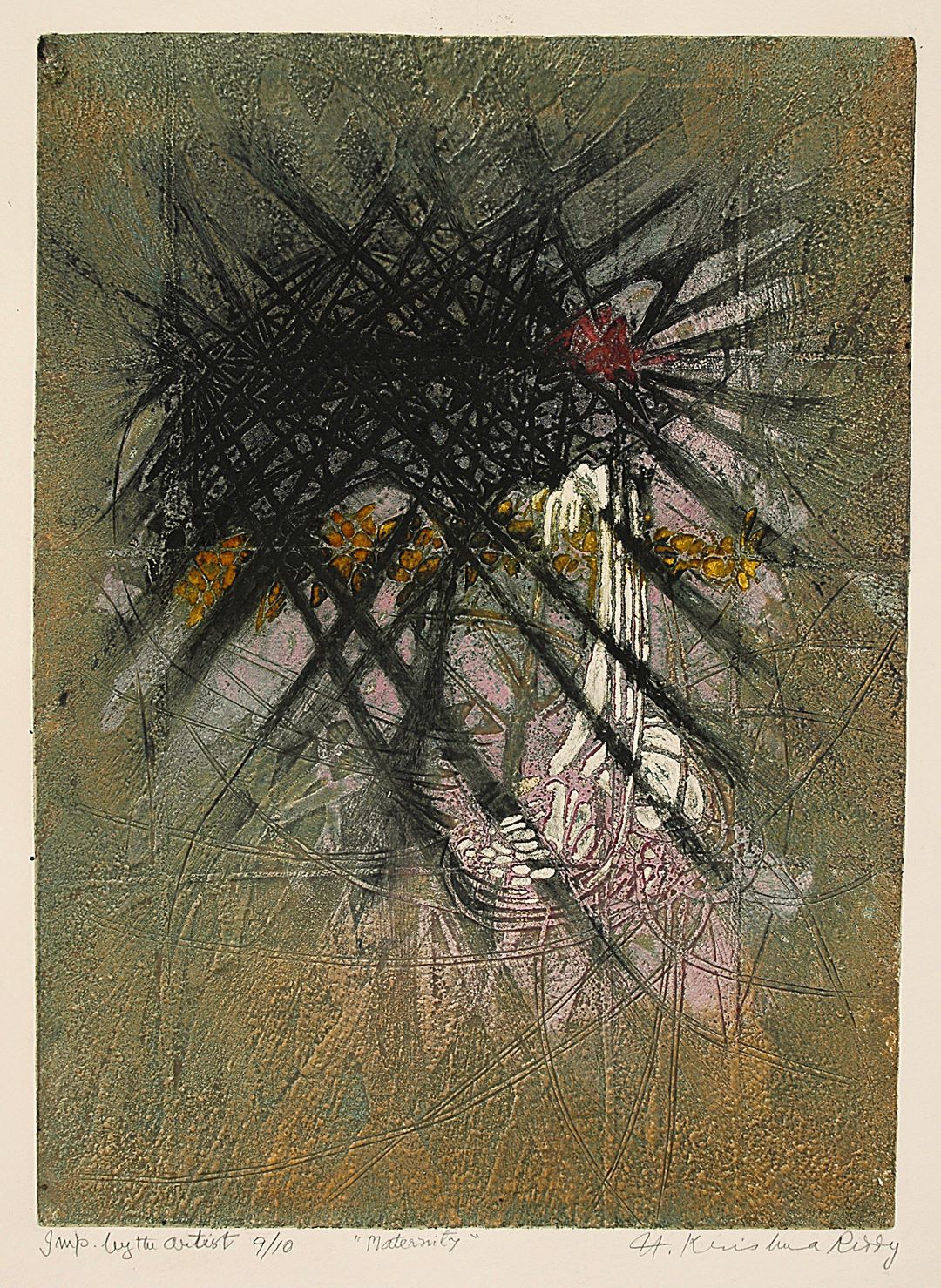
Krishna Reddy, India (1925 - 2018)
Maternity
Viscosity on handmade paper
24.7 x 19.2 in. (62.7 x 48.8 cm).
Collection: DAG
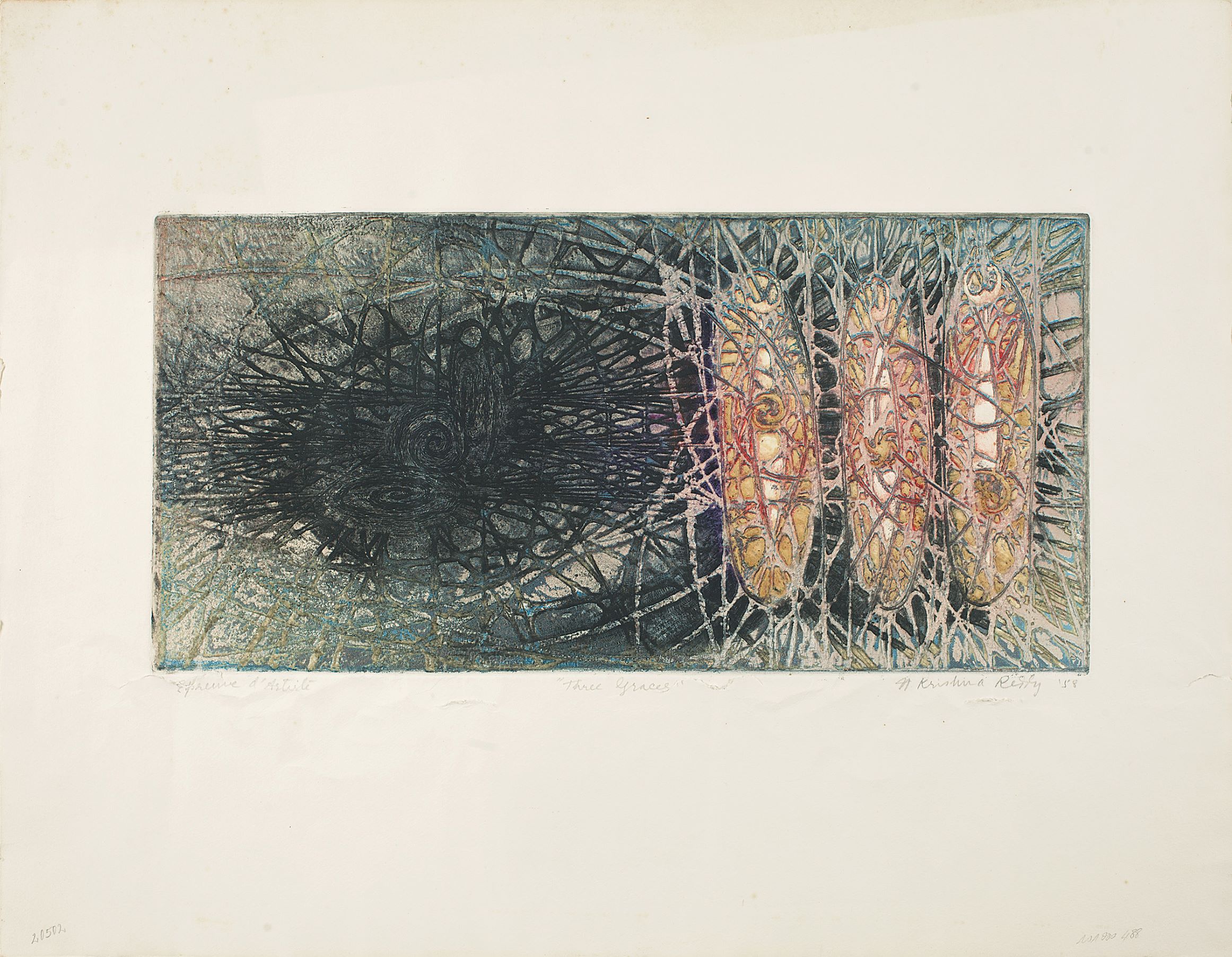
Krishna Reddy, India (1925 - 2018)
Three Graces
Viscosity on handmade paper
9.5 x 19.2 in. (24.1 x 48.8 cm).
Collection: DAG
Dhaka Art SummitDhaka, Bangladesh, 3 -11 February 2023 An international, non-commercial research and exhibition platform for art and architecture related to South Asia with a focus on Bangladesh, Dhaka Art Summit (DAS), explores the relationship between the regional and the international.
|
|
“… the modern, occurring in tandem with anticolonial struggles, is deeply politicized and carries with it the potential for resistance.”
|
|
|
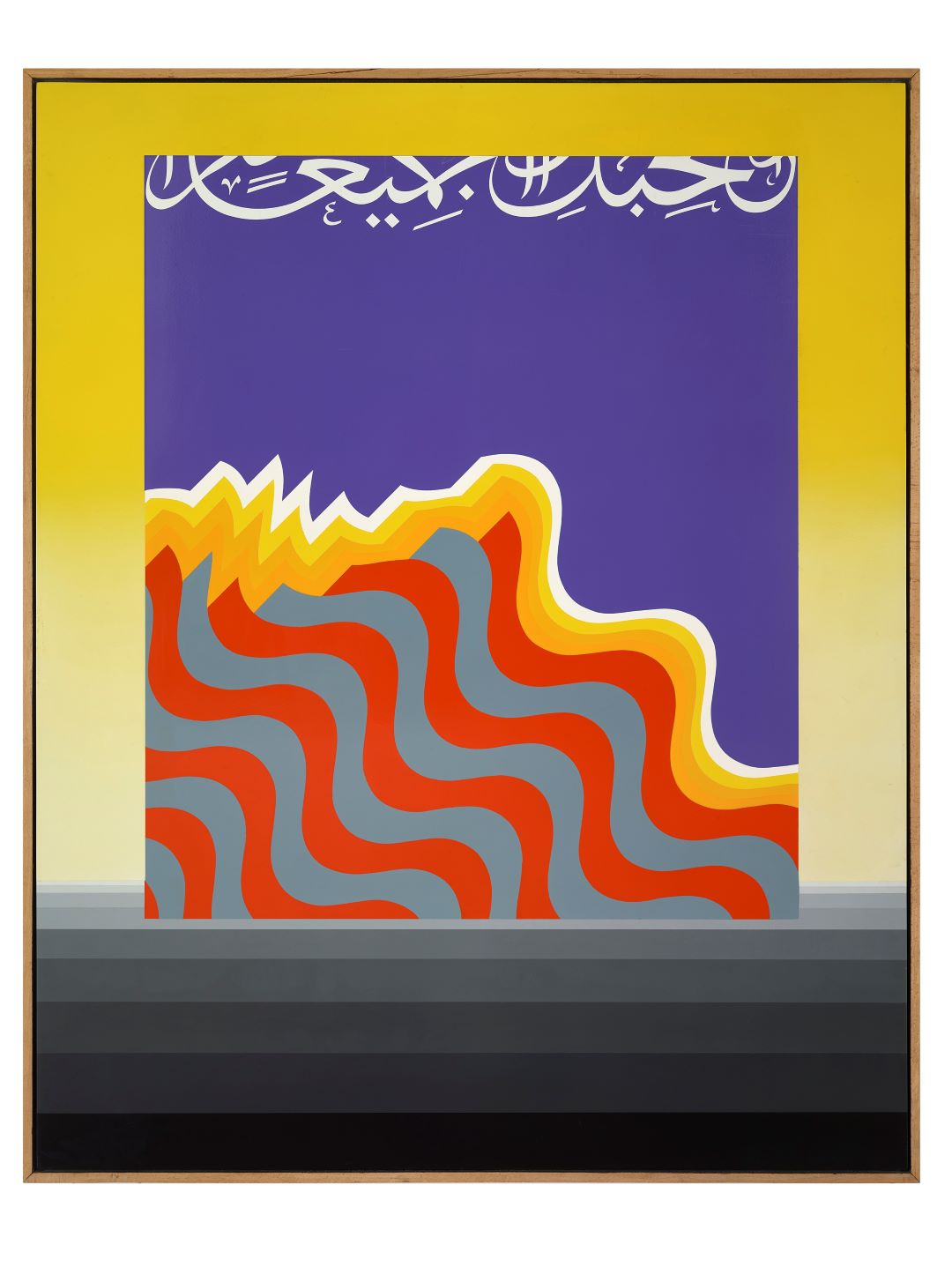
Mohamed Melehi, Morocco (1936 - 2020)
Untitled, 1982
Oil on canvas
127 x 105.5 cm, Framed 138x116.5x4.5 cm.
Courtesy of Ramzi & Saeda Dalloul Art Foundation
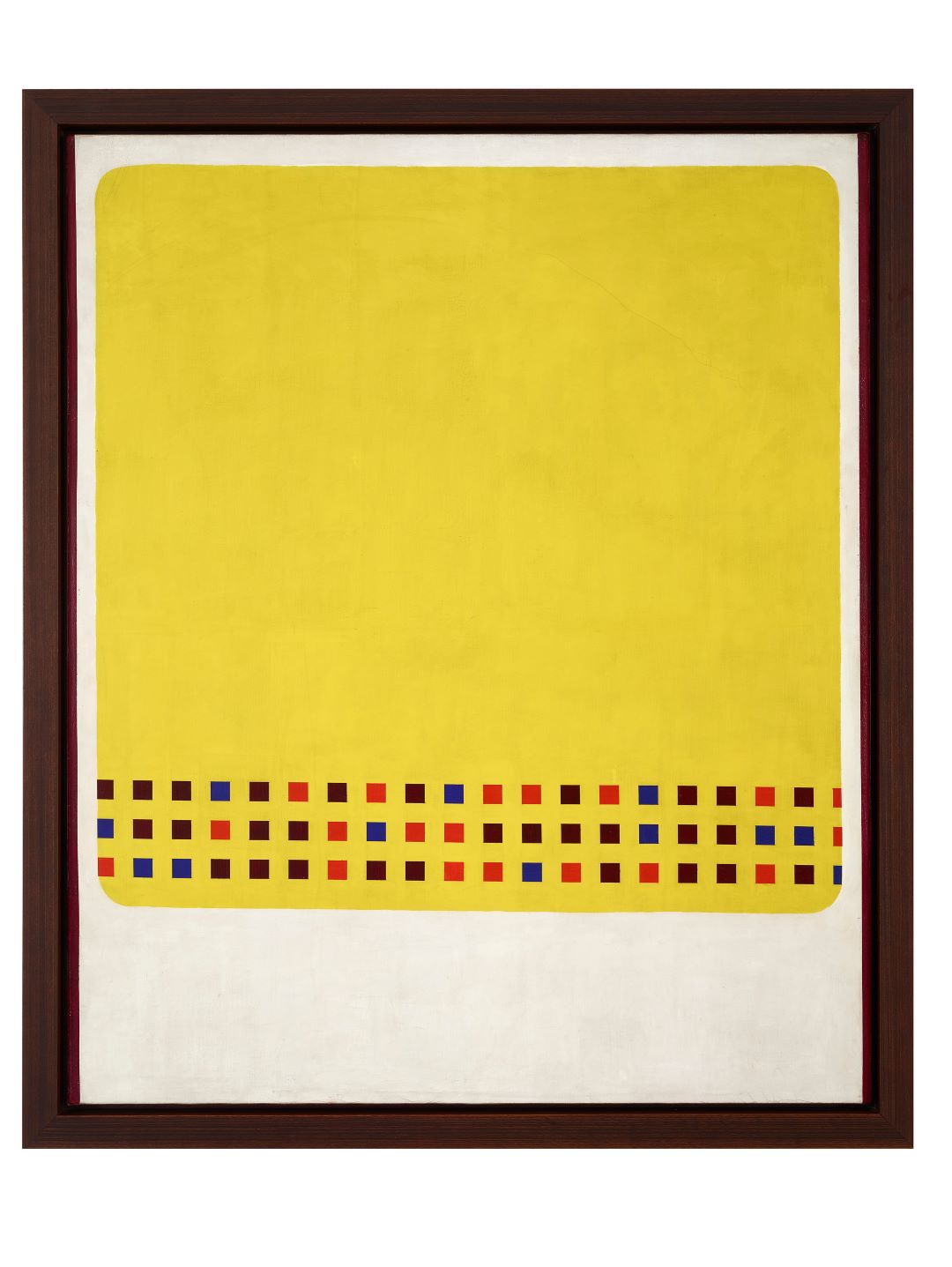
Mohamed Melehi, Morocco (1936 - 2020)
Time Square, 1963
Acrylic on wood panel
149.5 x 119.5 cm, Framed 153x123.5x5.5 cm.
Courtesy of Ramzi & Saeda Dalloul Art Foundation
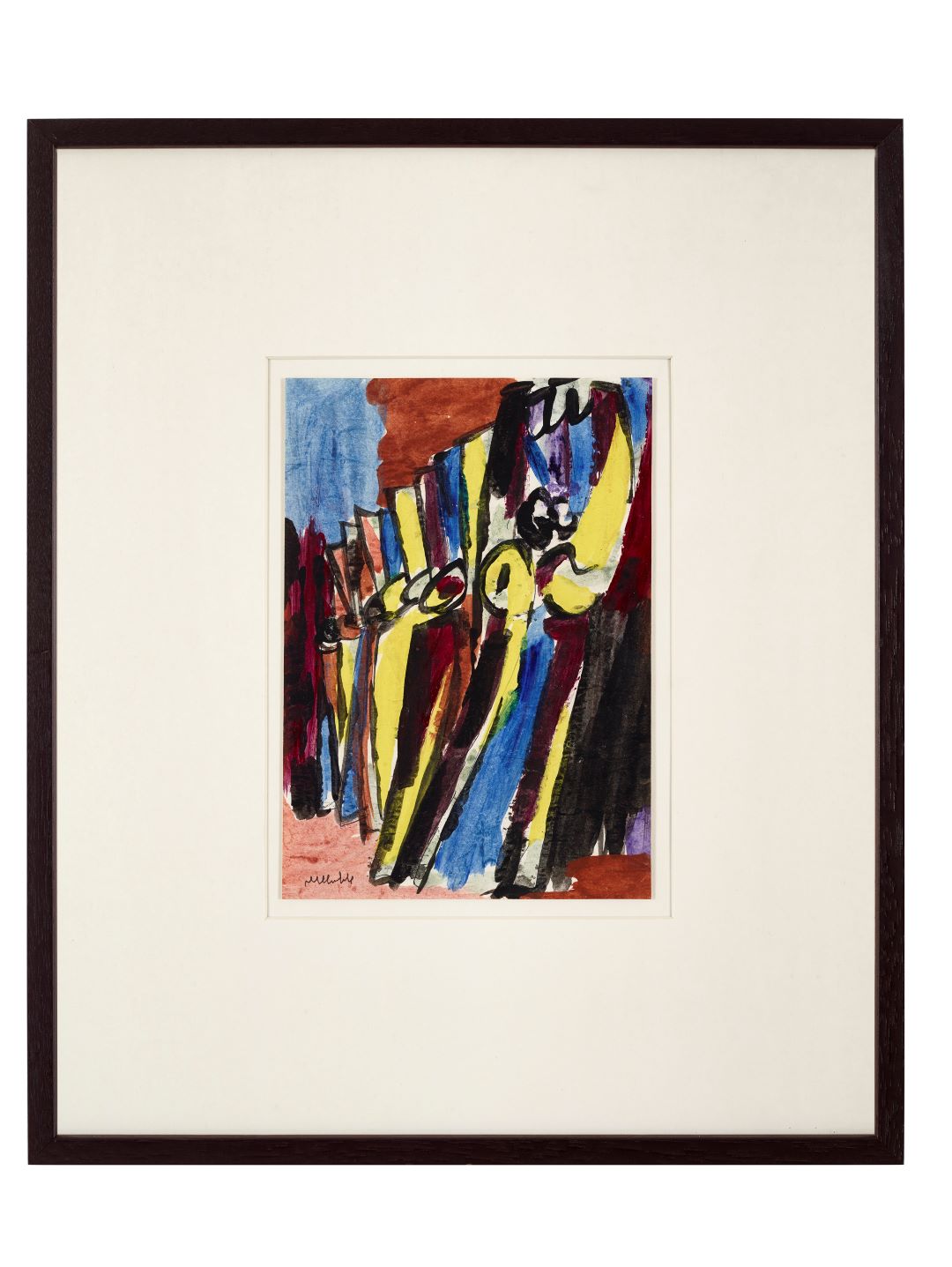
Hamed Abdalla, Egypt (1917 - 1985)
Revolutionaries, 1959
Gouache on paper
29 x 19 cm, Framed 54x45x2 cm.
Courtesy of Ramzi & Saeda Dalloul Art Foundation
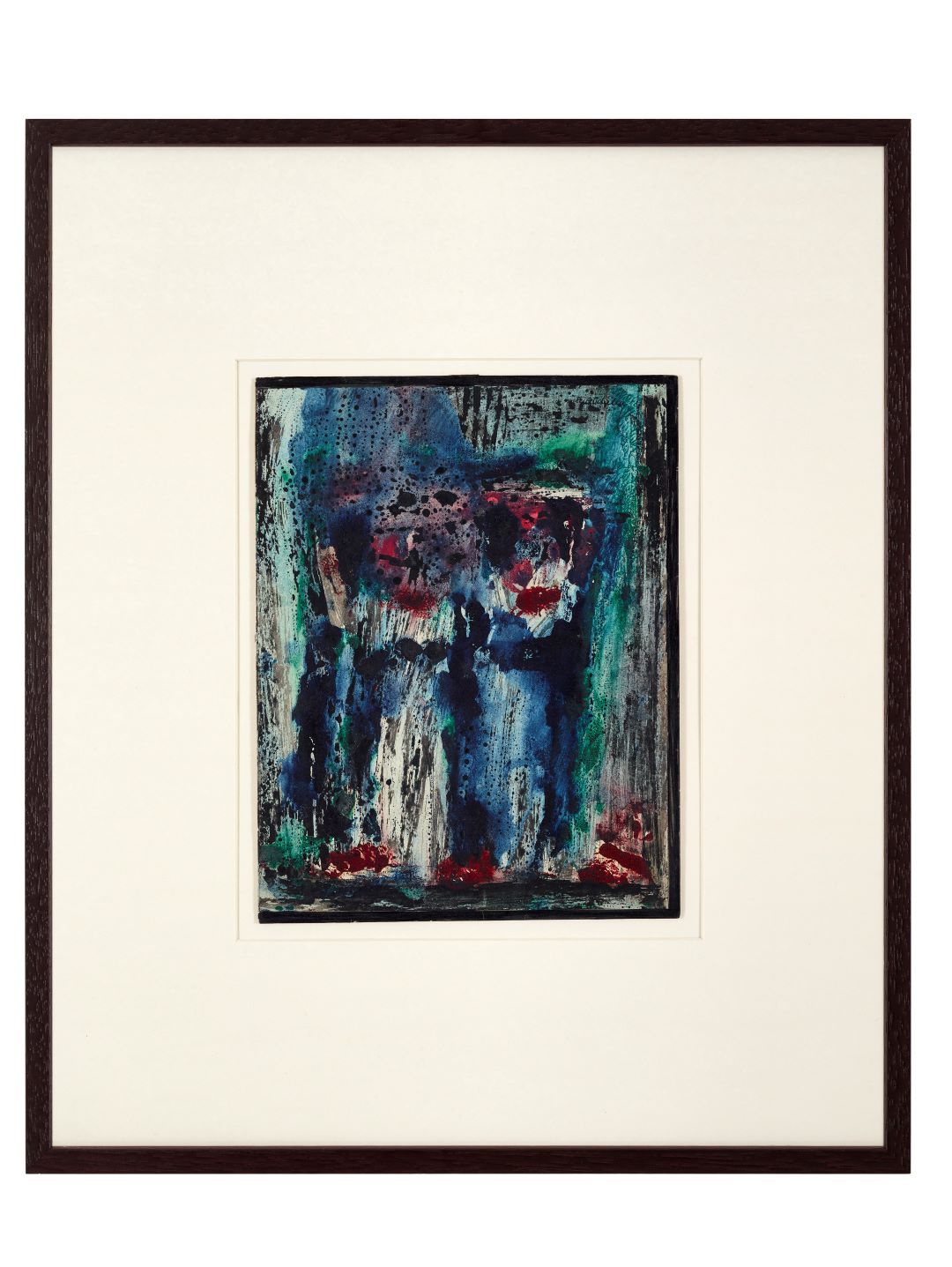
Hamed Abdalla, Egypt (1917 - 1985)
Women at the Market
Oil and watercolour on paper
23.5 x 30.5 cm.
Courtesy of Ramzi & Saeda Dalloul Art Foundation
MENART FairBrussels, Belgium, 3 - 5 February 2023 Dedicated to bringing the modern and contemporary art scene of the Middle East and Northern African regions to Europe, MENART fair, highlights the richness and innovation in art of the region, and brings emergent voices of contemporary art into conversation with some internationally recognised modern artists.
|
|
‘I'm a practicing artist within the context of Modernism, and I shall speak to you as an artist...About thirty years ago in Karachi I was introduced to modern art, through the information we used to get in the magazines and books imported from the West, as well as through the activities of contemporary Pakistani artists. I became so fascinated by the 'progressive' aspect of Modernism that I decided to devote my life to its pursuit...But by the early 70s I began to realise that whatever I did, my status as an artist was not determined by what I did or produced. Somehow I began to feel that the context or history of Modernism was not available to me, as I was often reminded by other people of the relationship of my work to my own Islamic tradition...’ |
|
|

Nirode Mazumdar, India (1916-1982)
Untitled (Boitorini Series)
Oil on hardboard
48.0 x 96.0 in. / 121.9 x 243.8 cm.
Collection: DAG
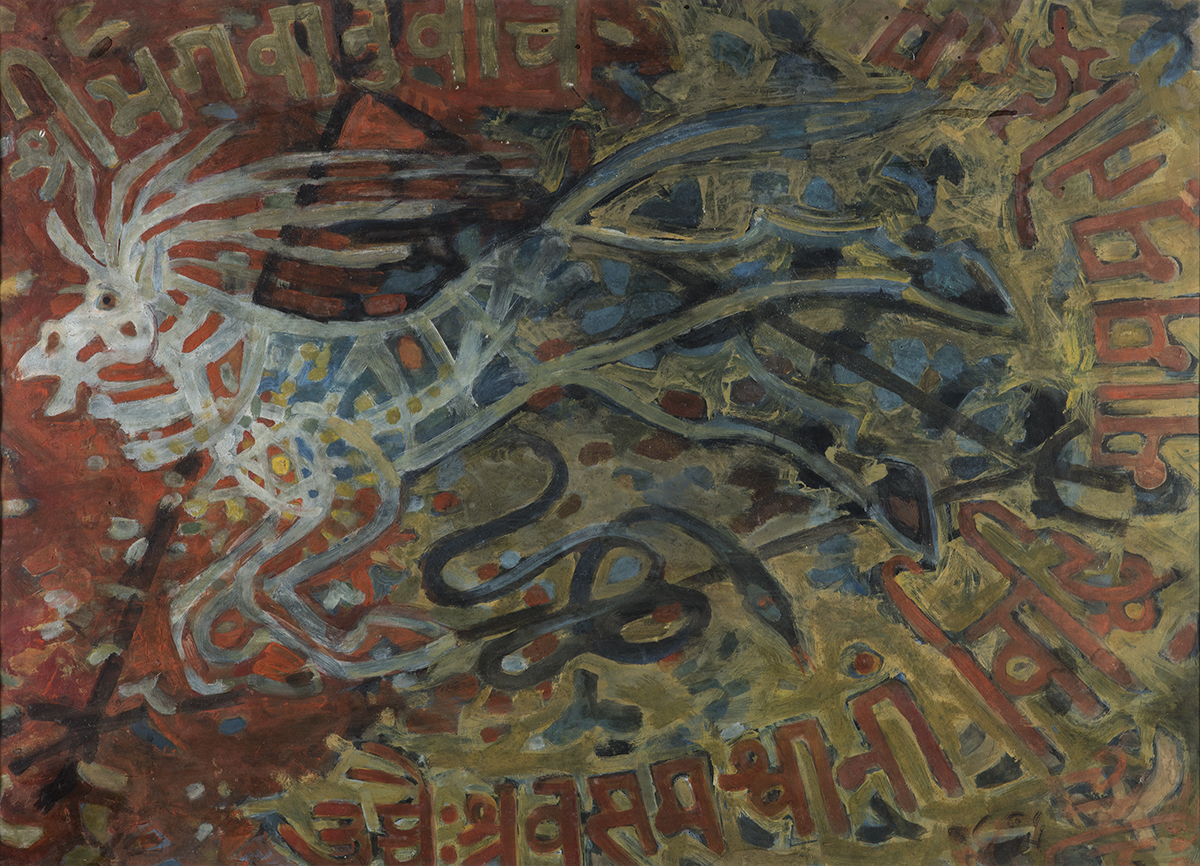
Nirode Mazumdar, India (1916-1982)
Untitled
Gouache on handmade paper pasted on canvas
25.0 x 34.5 in. (63.5 x 87.6 cm.)
Collection: DAG
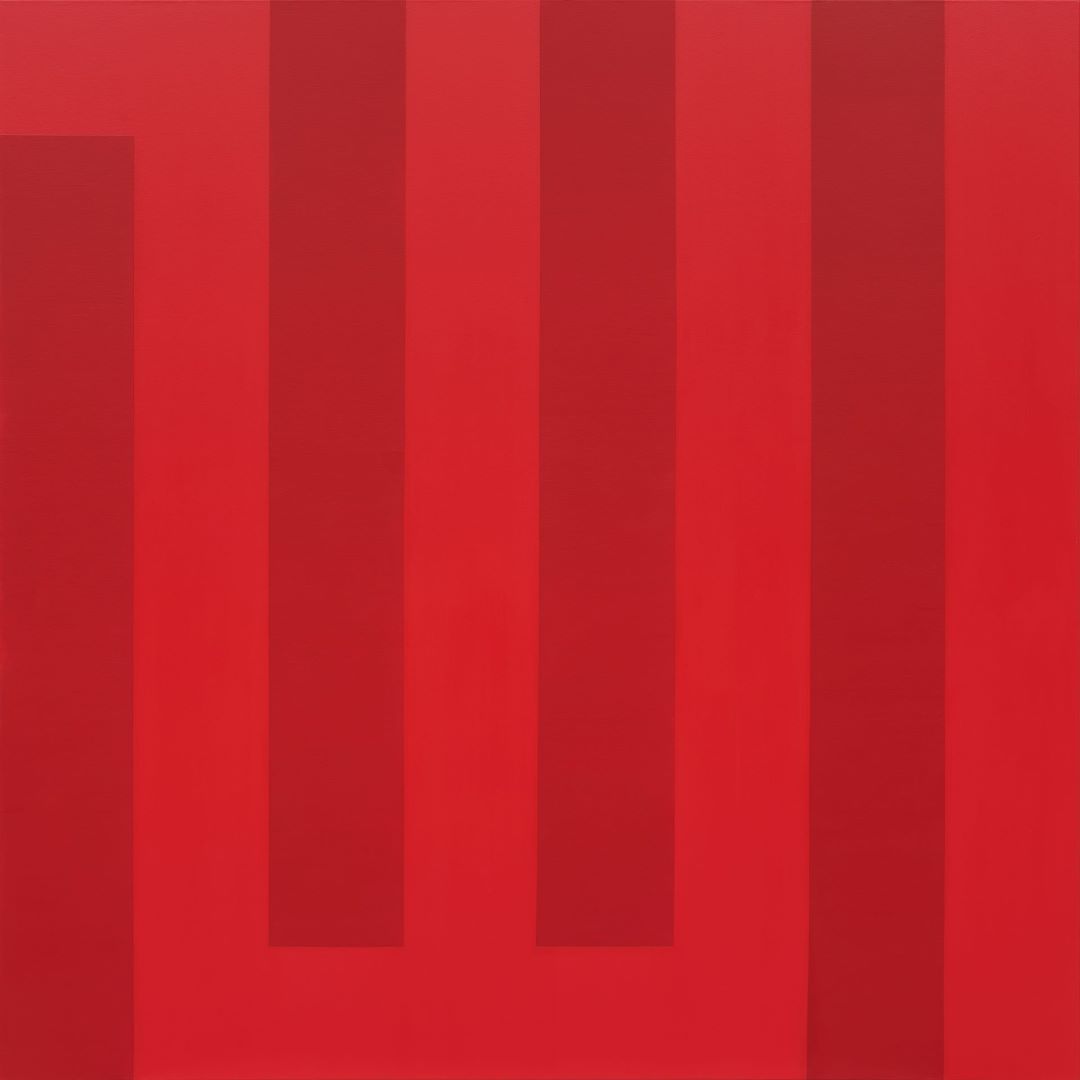
Rasheed Araeen, United Kingdom (b. 1935)
Allah (red), 2022
Acrylic on canvas
63.25 x 63.25 in (160.66 x 160.66 cm)
Image Courtesy of Aicon and Rasheed Araeen
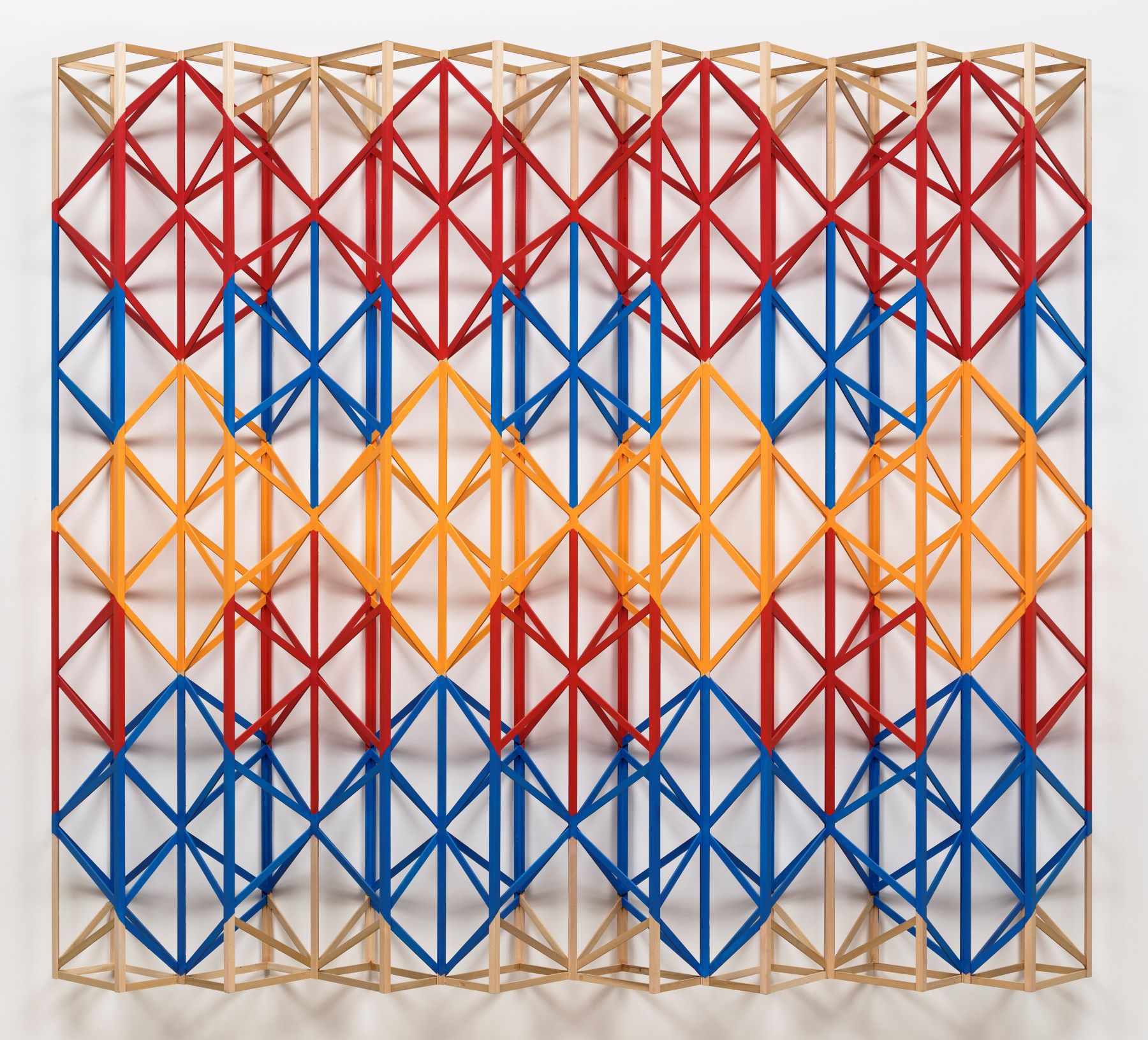
Rasheed Araeen, United Kingdom (b. 1935)
Untitled, 2022
Acrylic on wood
72 x 81 x 11 in (182.88 x 205.74 x 27.94 cm)
Image Courtesy of Aicon and Rasheed Araeen
India Art FairDelhi, India, 9 -12 February 2023 India Art Fair has established itself as a platform for the dynamic art market in South Asia and beyond—bringing together modern masters and contemporary practices at the forefront of artistic innovation.
|
|
‘Western art doesn’t have to be seen in opposition to art from elsewhere, but can be seen in a dialogue that helps protect the differences and decisions that present the material, circumstances and conditions of production in which artists fashion their view of what enlightenment could be.’
|
|
|
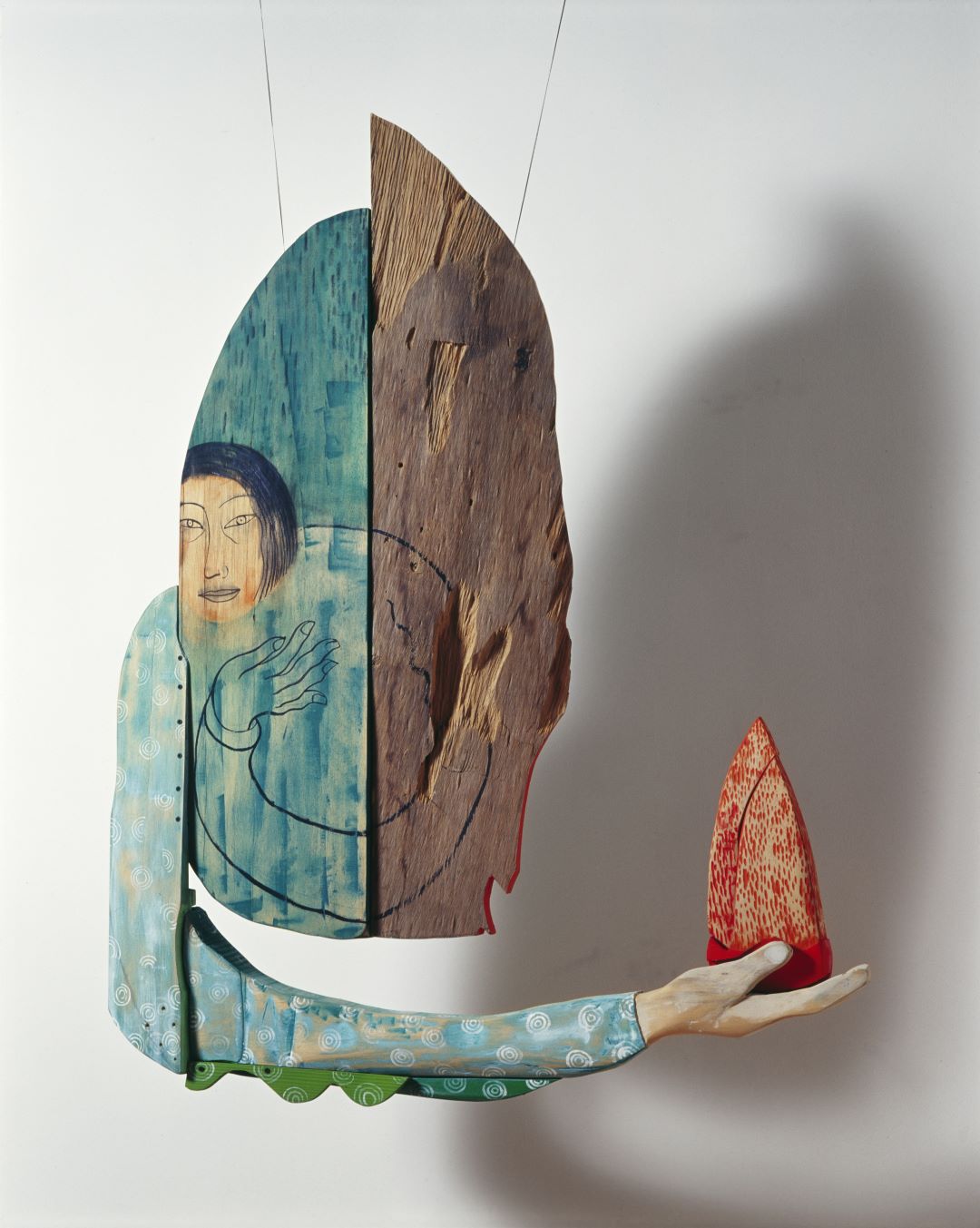
YUN Suknam, South Korea (b. 1939)
Red Meal, 2003
Acrylic on wood
158x125x10 cm.
Image courtesy Hakgojae Gallery, Seoul

YUN Suknam, South Korea (b. 1939)
Mother I - 19 Years Old, 1993
Acrylic on wood
158x125x10 cm.
Image courtesy Hakgojae Gallery, Seoul
Frieze Los AngelesLos Angeles, USA, 16 -19 February 2023 Our final art destination is Frieze Los Angeles 2023. The fair will feature 20 galleries with a focus on twentieth century artists which include icons of modern art from around the world along with pioneers who have been historically overlooked such as Korean feminist artist Yun Suknam.
|


